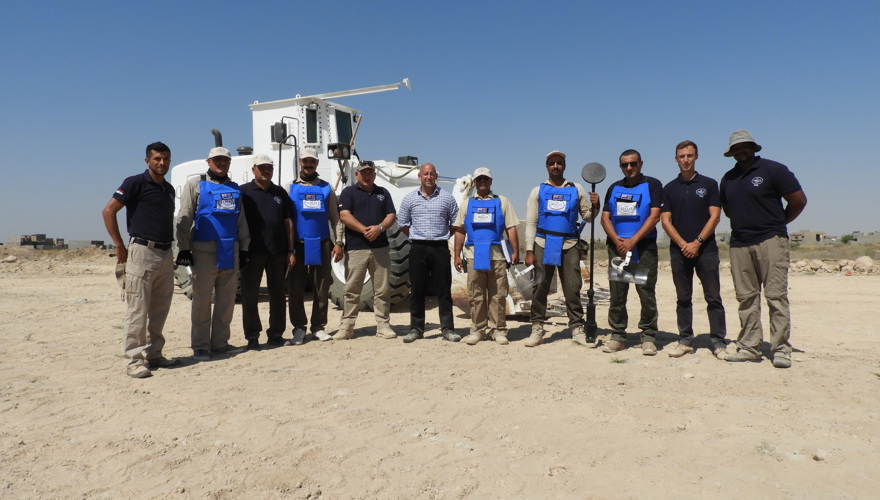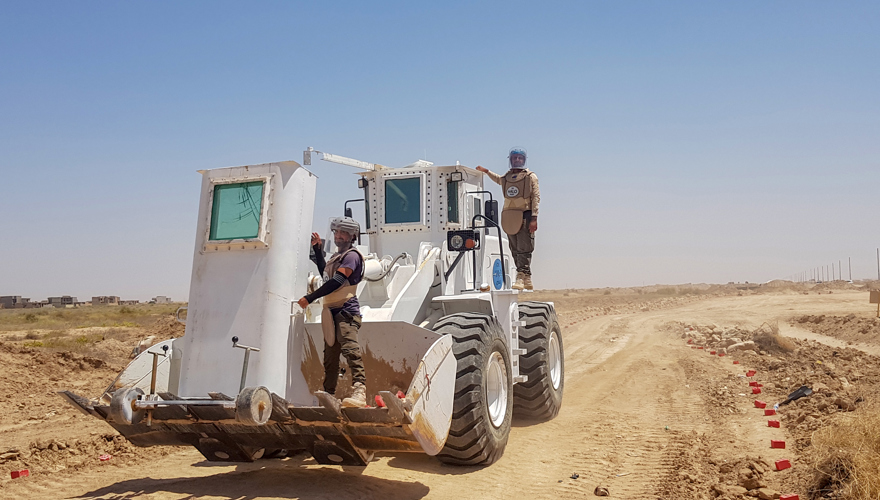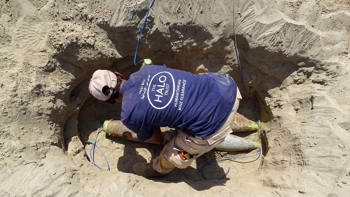Yemen has been in the grip of a severe humanitarian crisis since the start of the current conflict in 2015. The various phases of the fighting have displaced millions of people and left around half the population in need of humanitarian aid. In May 2025, the UN reported that 2.3 million children were malnourished.
After a decade of conflict, fields and cities are littered with landmines and explosives, making it dangerous for displaced families to return home. A new phase of the conflict has brought attacks on Red Sea shipping and retaliatory air strikes which killed around 1,000 Yemeni civilians in the first three months of 2025.
"Children also have to contend with fields littered with landmines, and schools emptied of teachers, books and opportunities."
Our work

Clearing explosives

Teaching safety



HALO established a registered office in Aden in 2019. We are working closely with YEMAC, the national mine action organisation, to clear landmines and other explosives on a large scale so families can return home. As a first step, we provided training and mentoring to YEMAC staff and surveyed land and communities to fully understand the extent of the challenge. HALO established a registered office in Aden in 2019 and in Ta'iz City in 2022.
In the years since, HALO operations have expanded to now include explosive ordnance risk education, mechanical and manual clearance in tightly-packed urban environments and removing the threat posed by items of explosive ordnance through the destruction or safe removal. We are also clearing minefields in more rural settings.
As the first mine action operator to use mechanical clearance in Yemen, our teams in Ta'iz are working to clear contamination in the city centre. High levels of destruction in densely populated areas demand an innovative approach to humanitarian mine action. Using armoured plant machinery such as front-loaders and excavators, operators can clear areas contaminated with debris – such as damaged and destroyed concrete – as well as explosives more efficiently and safely than manual clearance teams.
As at May 2025, our teams had destroyed over 6,500 pieces of explosive ordnance and cleared 2.1 million square meters across the country, the equivalent to 300 football pitches.









